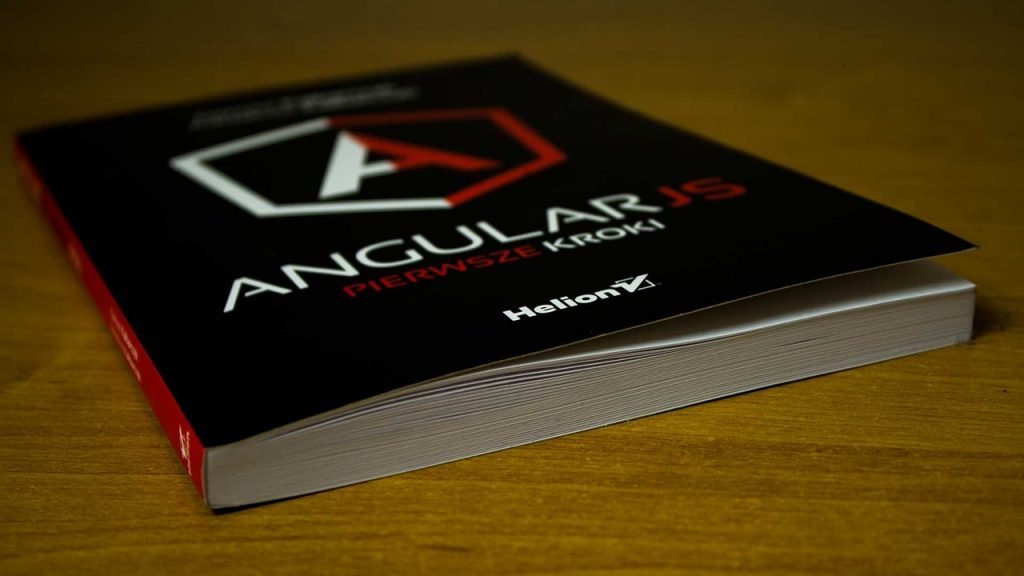Frontend development has become an essential part of the technological world. It allows developers to build and create user interfaces quickly and easily. With the plethora of options available, it can be overwhelming to decide on the right frontend framework to use. In this article, we will explore the top 10 most popular frontend frameworks for 2023, analyzing their key features and strengths.
-
React
React is a popular frontend framework developed by Facebook. It is based on JavaScript and is an open-source project. The framework is well-known for its component-based architecture, allowing developers to reuse code, which reduces development time. React is a great choice for creating high-performance, interactive user interfaces. Its popularity is increasing day by day, and many well-known brands such as Netflix, Instagram, and Airbnb use React in their applications.
React’s strengths:
- Easy to learn
- Great community support
- Reusable components
- High-performance
React’s weaknesses:
- Steep learning curve for beginners
- Requires the use of additional libraries for routing and state management
Learn more about React at: https://reactjs.org/
-
Angular
Angular is a frontend framework developed by Google. It is based on TypeScript and is an open-source project. Angular is a complete framework that includes all the tools and features required to build a complex application. The framework’s popularity is due to its robust features, such as two-way data binding, dependency injection, and end-to-end testing. It is widely used by developers and companies such as Microsoft, IBM, and Nike.
Angular’s strengths:
- Robust features
- Large community
- Better performance and security
- Excellent documentation
Angular’s weaknesses:
- Difficult to learn for beginners
- Long development time
- Steep learning curve for advanced features
Learn more about Angular at: https://angular.io/
-
Vue.js
Vue.js is a lightweight frontend framework developed by Evan You. It is based on JavaScript and is an open-source project. Vue.js is well-known for its simplicity and ease of use, making it a popular choice for small to medium-sized applications. It is fast, lightweight, and easy to learn. Many well-known brands such as Alibaba, Xiaomi, and Nintendo use Vue.js in their applications.
Vue.js’s strengths:
- Easy to learn
- Simple syntax
- Small size
- Excellent documentation
Vue.js’s weaknesses:
- Limited community support
- Fewer third-party plugins
- May have performance issues with large applications
Learn more about Vue.js at: https://vuejs.org/
-
Svelte
Svelte is a frontend framework developed by Rich Harris. It is based on JavaScript and is an open-source project. Svelte is a unique framework as it compiles the code at build time, resulting in smaller file sizes and faster loading times. Svelte is a great choice for creating fast and performant applications. Its popularity is increasing day by day, and many well-known brands such as IBM, Google, and The New York Times use Svelte in their applications.
Svelte’s strengths:
- Fast and lightweight
- Easy to learn
- No virtual DOM
- Small size
Svelte’s weaknesses:
- Limited community support
- Fewer third-party plugins
- May have compatibility issues with older browsers
Learn more about Svelte at: https://svelte.dev/
-
Ember.js
Ember.js is a frontend framework developed by Ember.js Core Team. It is based on JavaScript and is an open-source project. Ember.js is well-known for its convention over configuration approach, making it a great choice for complex applications. It includes many features such as routing, testing, and data management, making it a complete framework. Many well-known brands such as Microsoft, Square, and Netflix use Ember.js in their applications.
Ember.js’s strengths:
- Robust features
- Convention over configuration approach
- Large community
- Excellent documentation
Ember.js’s weaknesses:
- Steep learning curve
- Difficult to use for small applications
- Large size
Learn more about Ember.js at: https://emberjs.com/
-
Meteor
Meteor is a frontend framework developed by Meteor Development Group. It is based on JavaScript and is an open-source project. Meteor is a full-stack framework that includes both frontend and backend development. It includes many features such as real-time data updates, hot code push, and a built-in database, making it easy to create real-time web applications. Many well-known brands such as Mazda, Honeywell, and Qualcomm use Meteor in their applications.
Meteor’s strengths:
- Real-time data updates
- Hot code push
- Built-in database
- Large community
Meteor’s weaknesses:
- Steep learning curve
- Limited scalability
- Limited customization options
Learn more about Meteor at: https://www.meteor.com/
-
Backbone.js
Backbone.js is a frontend framework developed by Jeremy Ashkenas. It is based on JavaScript and is an open-source project. Backbone.js is a lightweight framework that provides a simple structure to build web applications. It is great for small to medium-sized applications and includes many features such as models, views, and collections. Many well-known brands such as Pinterest, Airbnb, and Foursquare use Backbone.js in their applications.
Backbone.js’s strengths:
- Lightweight
- Simple structure
- Small size
- Good performance
Backbone.js’s weaknesses:
- Limited features
- Limited community support
- Difficult to scale for large applications
Learn more about Backbone.js at: https://backbonejs.org/
-
Aurelia
Aurelia is a frontend framework developed by Rob Eisenberg. It is based on JavaScript and is an open-source project. Aurelia is a modern framework that is highly customizable and includes many features such as data binding, routing, and dependency injection. It is a great choice for creating complex applications that require a high level of customization. Many well-known brands such as Deloitte, Siemens, and Ubisoft use Aurelia in their applications.
Aurelia’s strengths:
- Highly customizable
- Large community
- Excellent documentation
- Good performance
Aurelia’s weaknesses:
- Steep learning curve
- Requires a lot of configuration
- Limited third-party plugins
Learn more about Aurelia at: https://aurelia.io/
-
Mithril
Mithril is a frontend framework developed by Leo Horie. It is based on JavaScript and is an open-source project. Mithril is a lightweight framework that is fast and easy to learn. It includes many features such as routing, data binding, and virtual DOM. It is a great choice for small to medium-sized applications that require a fast and efficient framework. Many well-known brands such as Nike, The New York Times, and The Guardian use Mithril in their applications.
Mithril’s strengths:
- Lightweight
- Fast and efficient
- Easy to learn
- Good performance
Mithril’s weaknesses:
- Limited community support
- Fewer third-party plugins
- Limited documentation
Learn more about Mithril at: https://mithril.js.org/
-
Stimulus
Stimulus is a frontend framework developed by Basecamp. It is based on JavaScript and is an open-source project. Stimulus is a lightweight framework that is easy to use and includes many features such as controllers, targets, and data attributes. It is a great choice for small to medium-sized applications that require a simple and easy-to-use framework. Many well-known brands such as GitHub, Shopify, and SoundCloud use Stimulus in their applications.
Stimulus’s strengths:
- Lightweight
- Easy to use
- Small size
- Good performance
Stimulus’s weaknesses:
- Limited features
- Limited community support
- Limited customization options
Learn more about Stimulus at: https://stimulus.hotwire.dev/
In conclusion, choosing the right frontend framework is crucial for creating a great user experience. When deciding which framework to use, consider factors such as ease of use, community support, and the specific needs of your project. Each of the frameworks on this list has unique strengths and weaknesses, and the best choice for your project will depend on your priorities and requirements.
Learn frontend frameworks with Dropout Developer
Apart from choosing the right frontend framework, it’s also essential to have access to the right resources that can help you learn and grow as a developer. At Dropout Developer, we understand the importance of access to resources and tools that can help you succeed in the tech industry.
We offer a variety of free resources, including our app that aggregates the best resources from around the internet to help you learn anything and be job ready by building projects. Our goal is to ensure that everyone has access to the tools and resources they need to succeed in the tech industry, regardless of their background or experience.
So, whether you’re just starting out as a developer or looking to upskill, we’ve got you covered. Visit our website to explore our resources and start your journey to becoming a successful developer today! dropoutdeveloper.com
By carefully considering the features and strengths of each framework, you can choose the one that will best support the needs of your project and help you create a great user experience. Additionally, resources such as documentation, online communities, and third-party plugins can help you get the most out of your chosen framework.
We hope this article has provided you with valuable insights into the top 10 frontend frameworks for 2023, and we wish you the best of luck in choosing the right framework for your next project.







